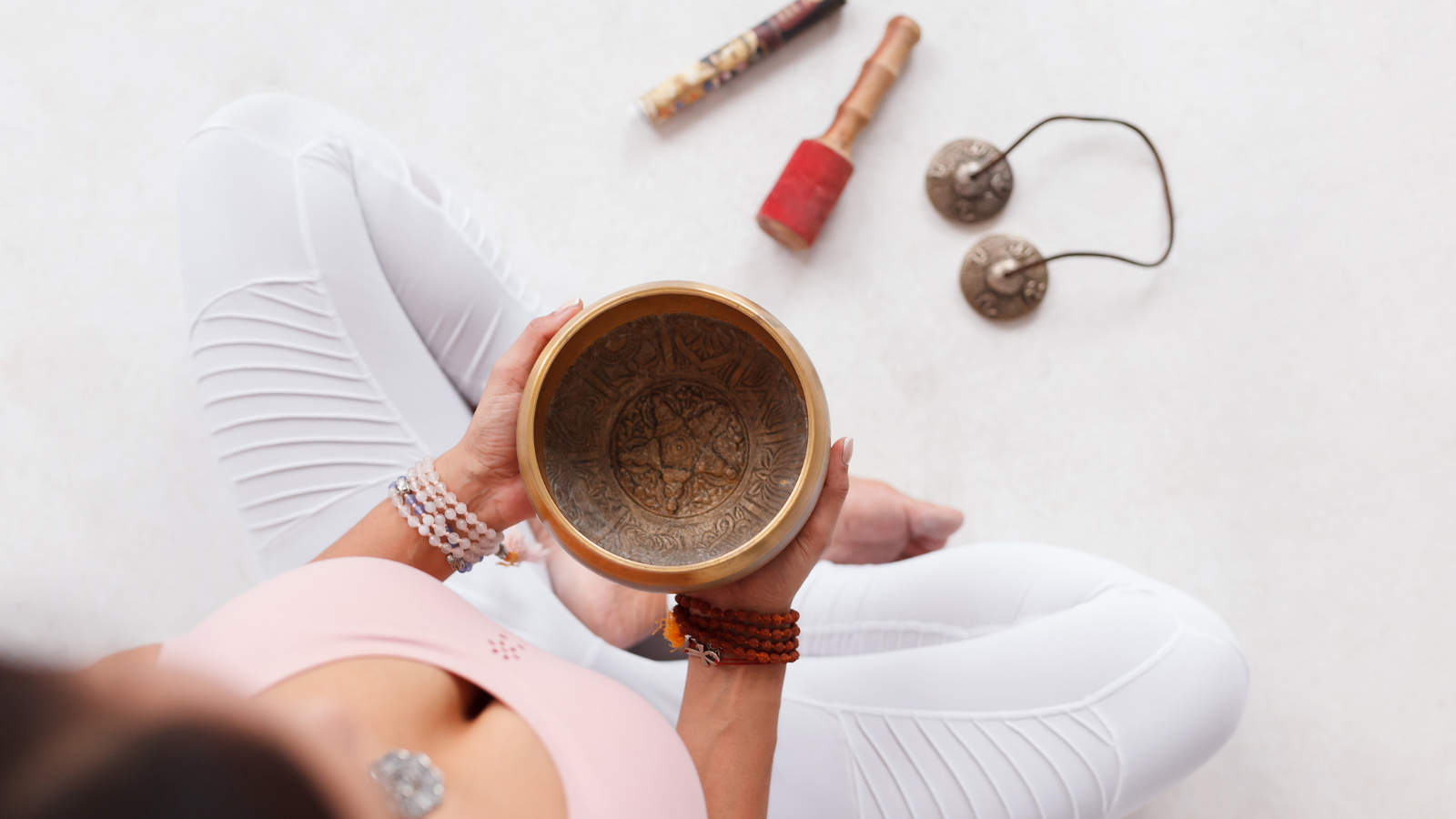Yoga May Help Diabetes Management

Article At A Glance
Despite yoga’s long history, the use of yoga as a therapeutic modality and adjuvant care in the health and medical field is wholly new. You may not have heard of the concept of yoga for diabetes or ever even thought of the idea that yoga could be used for diabetes management. But research shows promise in this budding field.
Researchers have been fascinated with the practice of yoga for some time. As a result, they have sought to explore changes in biochemical, electrophysical, cellular, genetic, neuromuscular, and radiological parameters related to practicing yoga.
This important research has allowed healthcare providers and clinical practitioners to view yoga as a viable adjunct to standards of care for various diseases.
Rather than being a treatment modality for specific diseases, yoga offers a practice of health management that encompasses body, mind, and spirit. Because of this, researchers have studied the possibilities of yoga for diabetes and diabetes management. They hope to determine its efficacy in altering lifestyles, affecting eating habits, and altering medication adherence of those with diabetes.
Is It Possible to Use Yoga for Diabetes and Diabetes Management?

Like all diseases, diabetes is complex and can express itself differently from person to person. Similarly, yoga is a complex practice that is far more nuanced and unique than could ever be broadly prescribed to one entire group for one singular purpose.
But a clinical trial review explored the therapeutic role of yoga in type 2 diabetes and found promising results of yoga as an adjuvant therapy. Exploring different pillars of the yoga practice, this review found physiological and emotional ways in which a yoga practice could help those with type 2 diabetes.
What the Clinical Trial Review Studies Found
For example, when practiced briskly, it’s believed that Sun Salutations (Surya Namaskar) increase cellular requirements for oxygen and glucose. The theory is that insulin production is stimulated through brain signaling in order for the body to meet these increased requirements.
In one study, 25 minutes of Sun Salutations, other yoga postures, and a deep relaxation technique showed a significant decrease in diastolic blood pressure as well as beneficial effects on glycaemic outcomes.
Another study found that yoga postures positively affected glucose utilization and fat redistribution in individuals with type 2 diabetes. Researchers believe that the improved blood supply to muscles that resulted from practicing asana may have enhanced insulin receptor expression in the muscles, causing increased glucose uptake.
Another study suggested that as little as 10 minutes of daily yoga, combined with the gold standard of medical care, could improve metabolic health significantly by decreasing fasting capillary blood glucose and reducing heart rate and diastolic blood pressure.
Beyond Yoga Asana: Clinical Trial Review Findings

But it’s not just asana that was shown to play a crucial role in yoga for diabetes and diabetes management. Research also explored bandhas, or energetic body locks, to determine their benefits.
The Flying Upward Lock (Uddiyana Bandha), creates negative pressure within the abdominal cavity through contraction of the abdominal wall. It’s possible that this negative pressure within the abdominal cavity may improve pancreatic function, which might have a therapeutic effect in the management of diabetes.
Pranayama, chanting, kriyas, meditation, mudras, and more have all been studied to see their effect on diabetes management. Although some were found to be more promising than others, the practice of yoga—in its many modalities—seems to show mostly positive effects on those with type 2 diabetes via improvements in physical, psychological, and social domains and total quality of life post-intervention.
What Do Other Studies and Statistics Say About Yoga for Diabetes and Diabetes Management?
A recent quantitative randomized control trial studied the effects of yoga therapy and walking therapy on type 2 diabetes patients. The study found a reduction in fasting glucose levels in both movement modality groups versus a control group.
And a recent meta-analysis evaluated the efficacy of yoga on glycaemia and lipids in type 2 diabetes. The analysis uses the Cochrane methodology and GRADE approach, which is a systematic approach to rating the certainty of evidence in systematic reviews. The researchers searched major repositories to pick randomized controlled trials involving type 2 diabetes patients practicing yoga as a part of their care to primarily evaluate changes in fasting plasma glucose.
Compared to controls, individuals doing yoga had significantly lower fasting plasma glucose, although the certainty of this evidence was calculated as low. But despite the uncertainties, the researchers suggested that yoga does seem to produce a very positive effect on glycaemia and lipid parameters in type 2 diabetes and that further research is warranted.
Movement Is Improvement in Yoga for Diabetes and Diabetes Management
Another recent systematic review and meta-analysis of randomized controlled trials came to the conclusion that “movement is an improvement” for type 2 diabetes patients. The researchers concluded that “exercise plays an important role in optimizing glycemic control and improving quality of life, BMI, and waist circumference in type 2 [diabetes] patients. Exercise could be a safe adjunct therapy to medical treatments in these patients.”
Ultimately, exercise of any kind—including yoga—plays an important role in diabetes management. And yoga might even offer benefits beyond the physical and physiological like social community, peace of mind, body acceptance, spiritual connection, and more.
As a whole, yoga certainly sounds like a promising road for healthcare providers to follow and study more deeply for potential clinical use.
Also, read...
Yoga Research: Yoga Reduces Risk Factors for Type 2 Diabetes
Yoga May Help Diabetes Management
What is Chronic Inflammation and Why is it Killing Us?
Related courses

Leah Sugerman is a yoga teacher, writer, and passionate world traveler. An eternally grateful student, she has trained in countless schools and traditions of the practice. She teaches a fusion of the styles she has studied with a strong emphasis on breath, alignment, and anatomical integrity. Leah teaches workshops, retreats, and trainings, both internationally and online. For more information, visit www.leahsugerman.com.
Sources:
- https://synapse.koreamed.org/articles/1101087
- http://interscience.org.uk/v2-i3/22%20ijahm.pdf
- https://pubmed.ncbi.nlm.nih.gov/28173786/
- https://pubmed.ncbi.nlm.nih.gov/16519085/
- https://www.ncbi.nlm.nih.gov/pmc/articles/PMC5070378/
- https://oamjms.eu/index.php/mjms/article/view/7104
- https://link.springer.com/article/10.1007%2Fs40200-021-00751-0
- https://link.springer.com/article/10.1007%2Fs13300-021-01005-1





